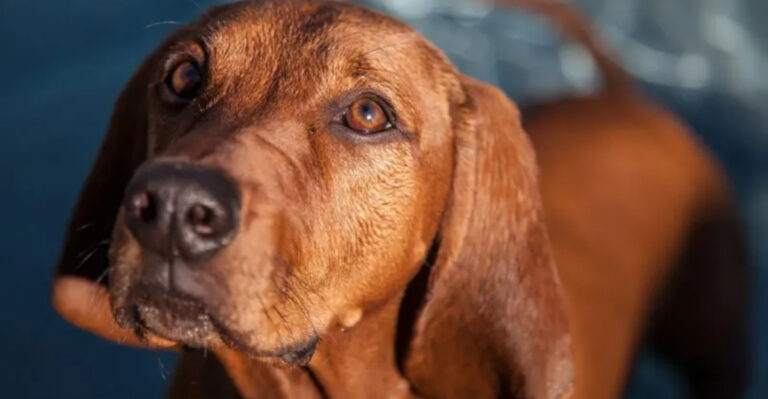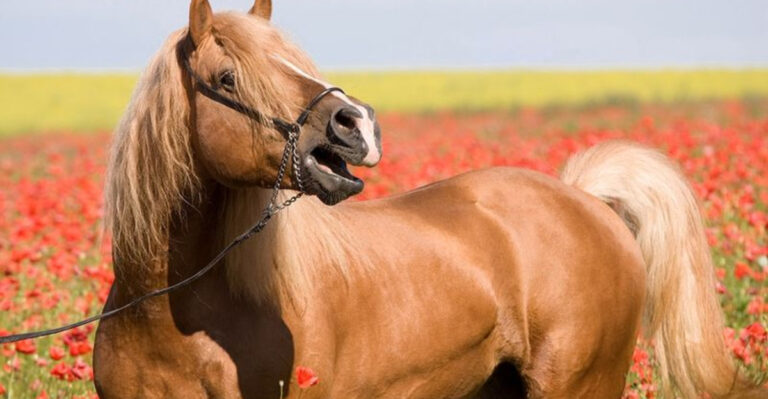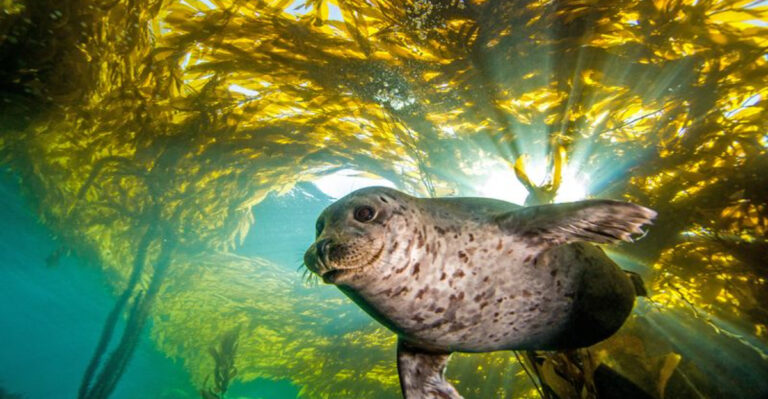10 Reasons Puffins Are Extraordinary And 5 Facts You Didn’t Know About Them
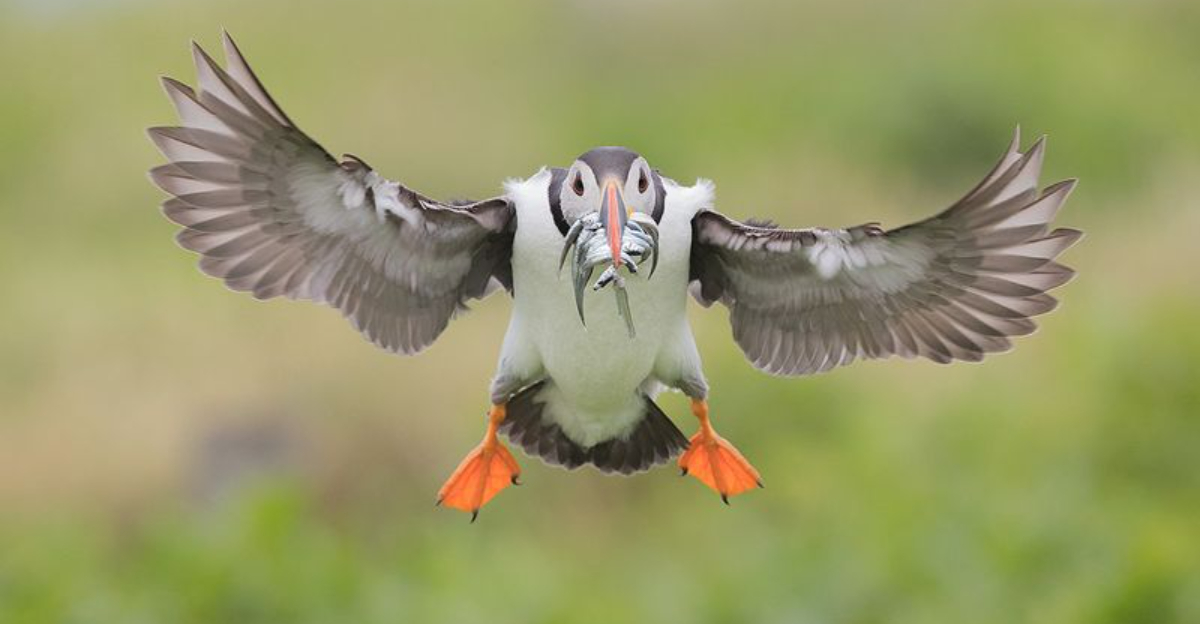
Ever spotted those tuxedo-wearing seabirds with colorful beaks that look like mini penguins with attitude? Those are puffins, the clowns of the sea that pack more surprises than their small bodies suggest.
From incredible diving abilities to secret superpowers, these charismatic birds have fascinated scientists and bird lovers alike for centuries.
1. Flying Underwater Champions
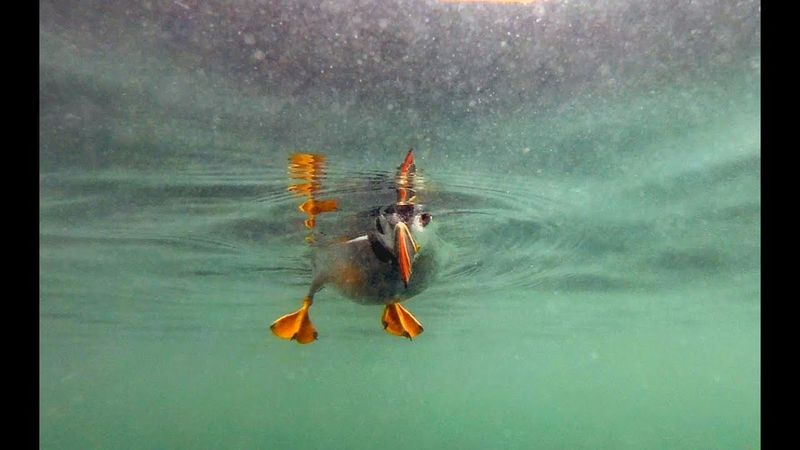
Imagine swimming by flapping your arms like wings! Puffins literally fly underwater, using their wings to propel themselves to depths of 200 feet.
Their bodies are perfectly designed for this underwater ballet, with special adaptations that allow them to hold their breath for up to a minute while hunting.
2. Beak Transformation Masters
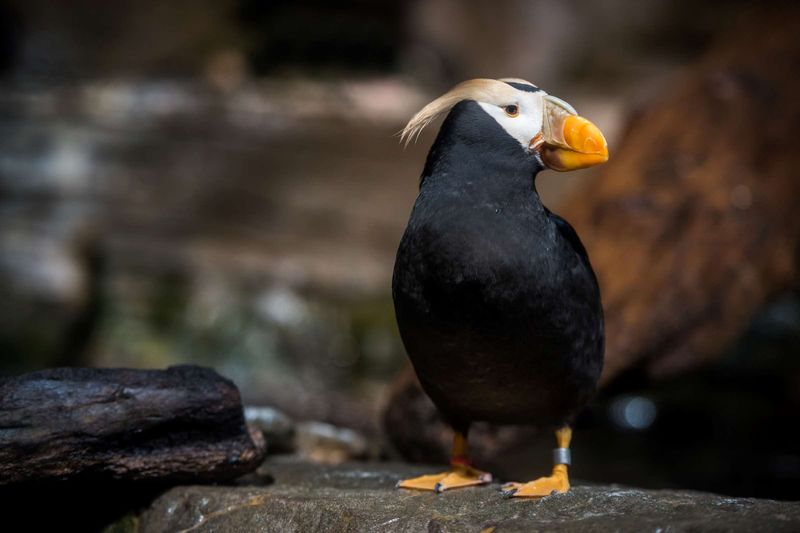
Talk about seasonal makeovers! A puffin’s beak changes dramatically with the seasons, becoming dull and gray in winter and brilliantly colorful during breeding season.
This transformation happens when specialized outer plates grow and develop vibrant colors to attract mates, then shed after breeding season ends.
3. Fish-Carrying Record Holders
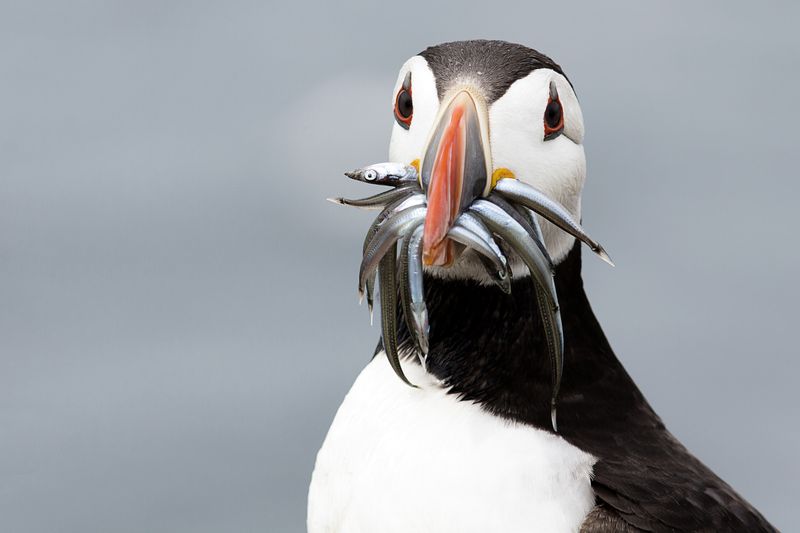
Ever tried carrying 62 items in your mouth at once? One puffin was recorded holding this many fish crosswise in its beak!
Special ridges on their beaks and rough tongues allow them to grip multiple fish while continuing to hunt. Their remarkable ability lets them bring maximum food back to hungry chicks in one trip.
4. Lifelong Love Birds
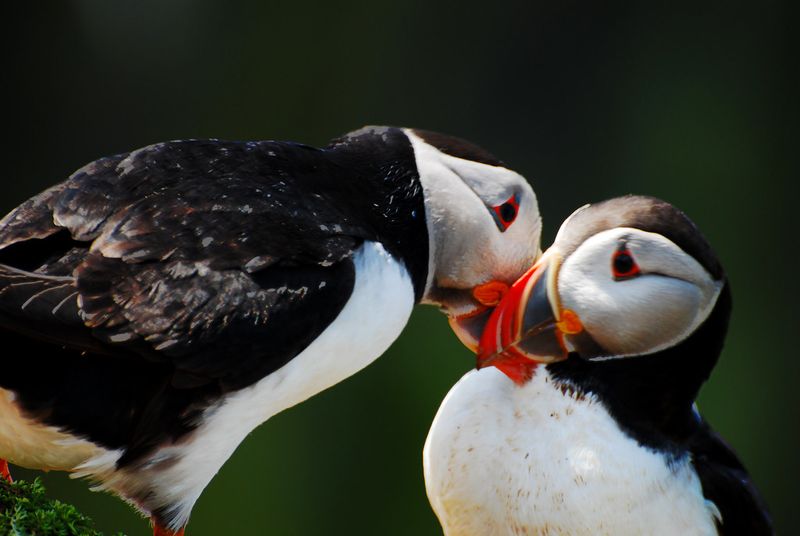
Romance isn’t dead in the puffin world! These feathered romantics typically mate for life, returning to the same nesting site year after year with their chosen partner.
Their courtship involves adorable beak-tapping displays where they rapidly click their colorful beaks together. Some pairs stay together for over 20 years!
5. Burrow Engineering Experts
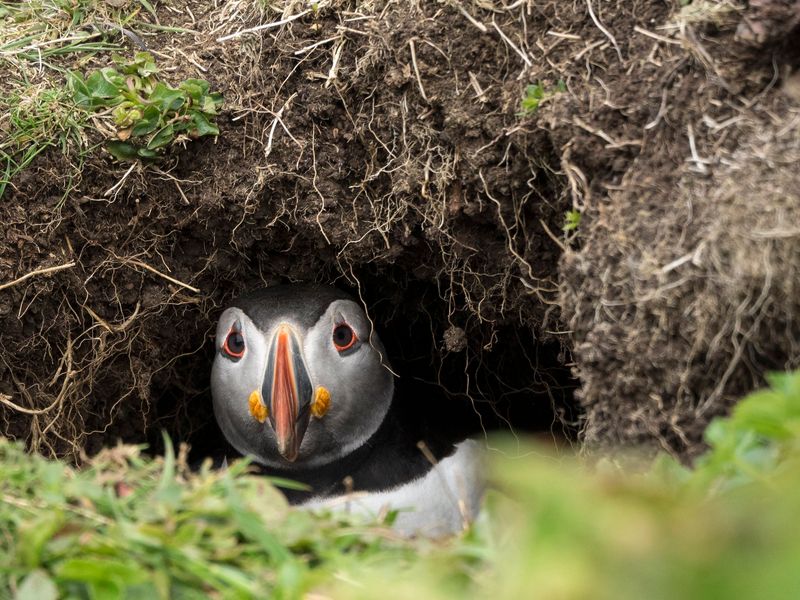
Forget beachfront property – puffins prefer clifftop burrows! Using their strong beaks and feet, they excavate tunnels up to 3 feet deep in soil atop coastal cliffs.
These cozy underground homes protect their single precious egg from predators and harsh weather. Some colonies have used the same burrow networks for centuries!
6. Lightning-Fast Wingbeats
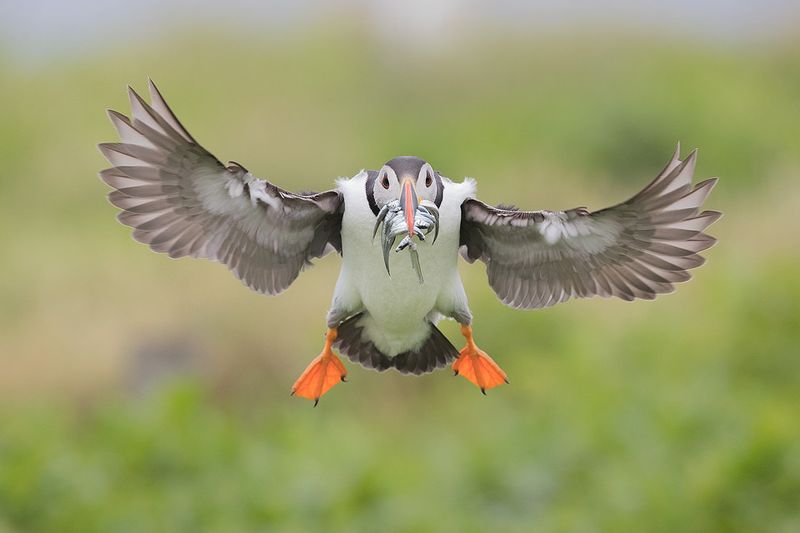
Small but mighty flyers! Puffins beat their wings up to 400 times per minute when flying, creating a distinctive whirring sound as they zip through the air.
Despite their somewhat awkward appearance, they can reach speeds of 55 mph. Those rapid wingbeats help them carry heavy loads of fish back to their chicks without dropping altitude.
7. Night Vision Superpower
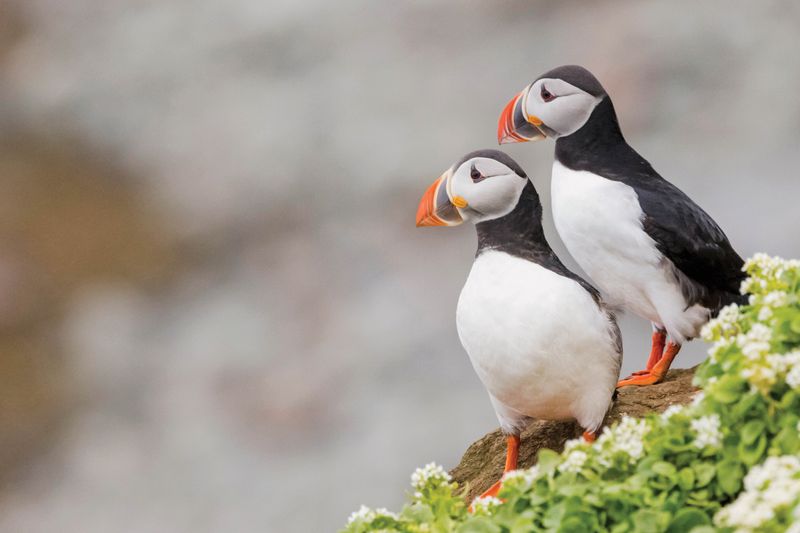
Hunting in the dark? No problem for puffins! Their specialized eyes allow them to see underwater and in low-light conditions better than most seabirds.
This nocturnal advantage helps them avoid predators and find food when competition is lower. Their pupils can expand dramatically, letting in maximum light during twilight fishing expeditions.
8. Saltwater-Proof Feathers

Rain or shine, puffins stay dry! Their special feathers are densely packed with up to 6,000 per square inch and coated with natural oils.
This waterproof armor keeps their skin completely dry even while diving deep into frigid ocean waters. They meticulously maintain this coating through preening, spreading oils from a special gland near their tail.
9. Built-In Desalination System
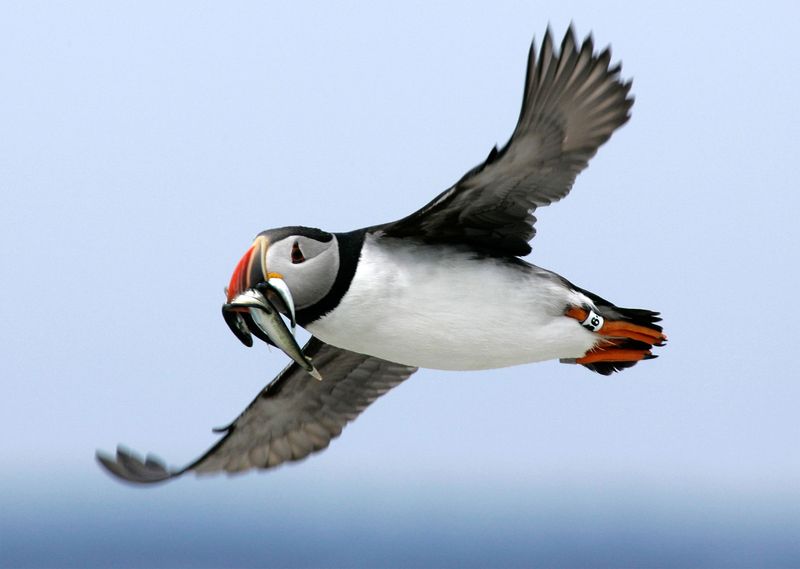
Surrounded by saltwater but never thirsty! Puffins have special glands above their eyes that filter salt from their bloodstream after swallowing seawater.
This natural desalination system expels excess salt through their nostrils as a concentrated solution. You might spot puffins doing what looks like sneezing – they’re actually removing salt!
10. Weather-Forecasting Abilities
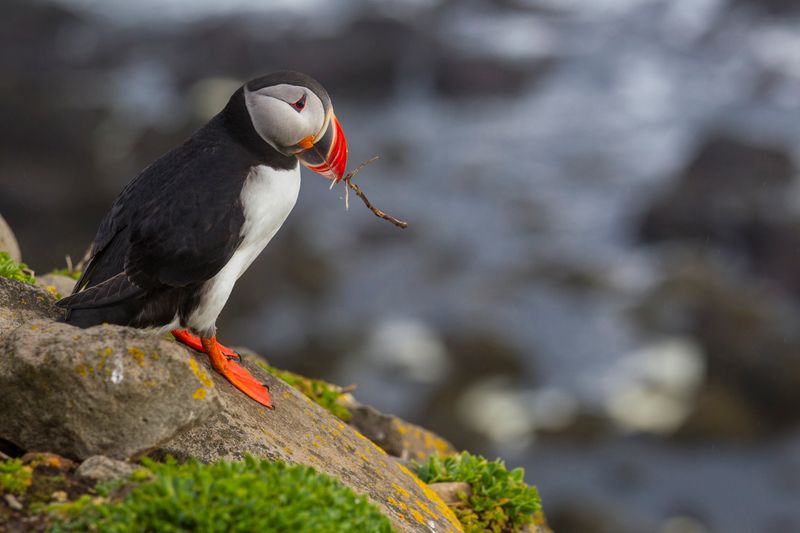
Before modern meteorology, sailors looked to puffin behavior to predict storms! When puffins suddenly abandon fishing grounds and return to their colonies, rough weather often follows.
Their sensitive inner ears can detect barometric pressure changes long before humans notice anything amiss. This early-warning system helps protect their chicks from approaching storms.
11. They’re Actually Called “Sea Parrots”
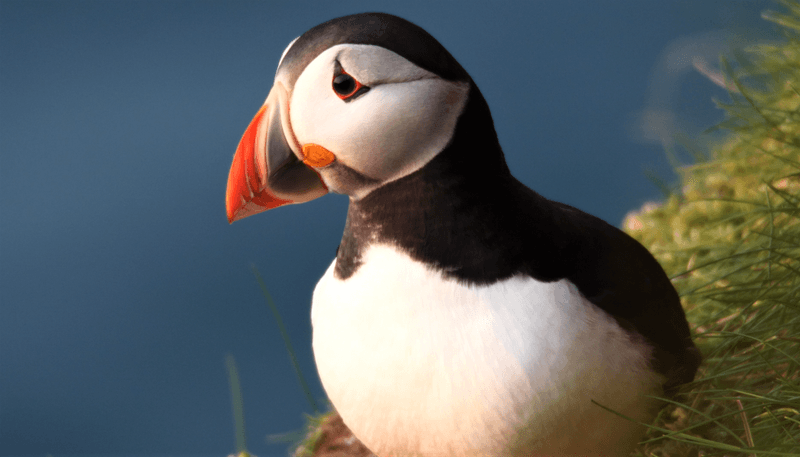
In many fishing communities, puffins earned the nickname “sea parrots” centuries ago. The colorful beaks and somewhat clownish appearance reminded sailors of tropical parrots.
Other charming nicknames include “clowns of the sea” and “sea clowns.” Their scientific name, Fratercula, means “little brother” in Latin, referring to their black-and-white plumage resembling monks’ robes.
12. Their Beaks Glow Under UV Light

Scientists recently discovered something magical about puffins – parts of their beaks glow under ultraviolet light! This fluorescent quality isn’t visible to human eyes but shines brightly for other puffins.
Researchers believe this hidden light show helps puffins assess potential mates during courtship. It’s like having a secret dating profile only other puffins can see!
13. They Can Hold Their Breath For 60 Seconds

Freediving champions of the bird world! Puffins can hold their breath for a full minute while hunting underwater, diving to impressive depths.
Their bodies have special adaptations that allow them to conserve oxygen during these extended dives. Their heart rate actually slows down underwater, helping them stay submerged longer while hunting for fish.
14. Baby Puffins Are Called “Pufflings”
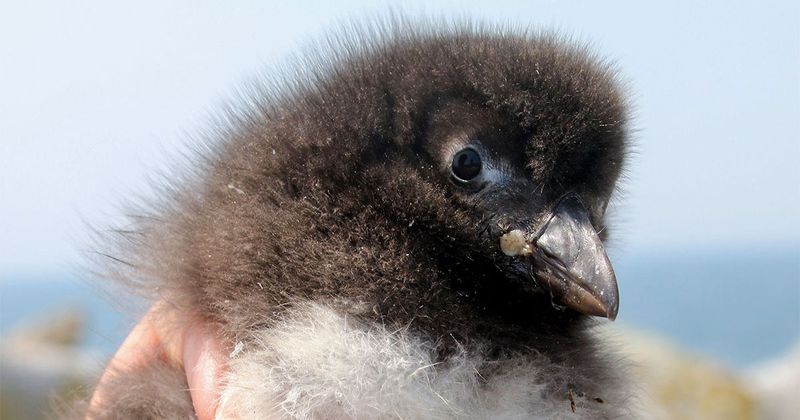
Could there be a cuter baby name? Young puffins are adorably called “pufflings” – fluffy gray balls of down that look nothing like their colorful parents.
Pufflings stay in their burrows for 6-8 weeks, fed by parents who make up to 10 fishing trips daily. When ready to leave, they typically sneak out at night to avoid predators on their first journey to sea.
15. They Have Built-In Fishing Baskets
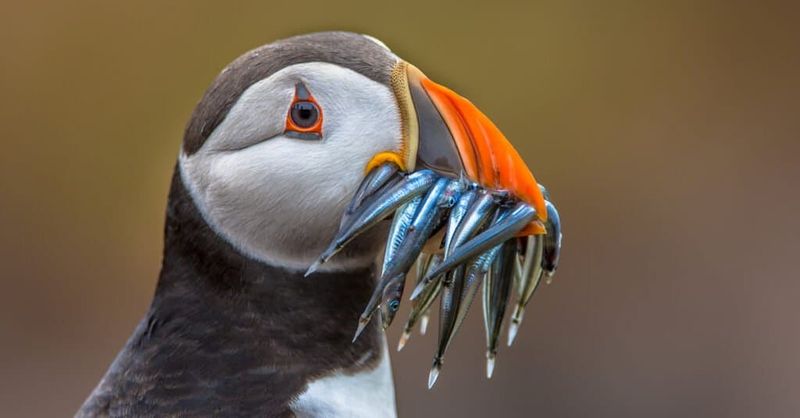
Ever wondered how puffins carry so many fish? Their beaks have backward-pointing spines that work like a fish basket!
These tiny spines let them secure one fish while opening their beaks to catch another. This remarkable adaptation means they can continue hunting without dropping previous catches – nature’s version of grocery bags!


